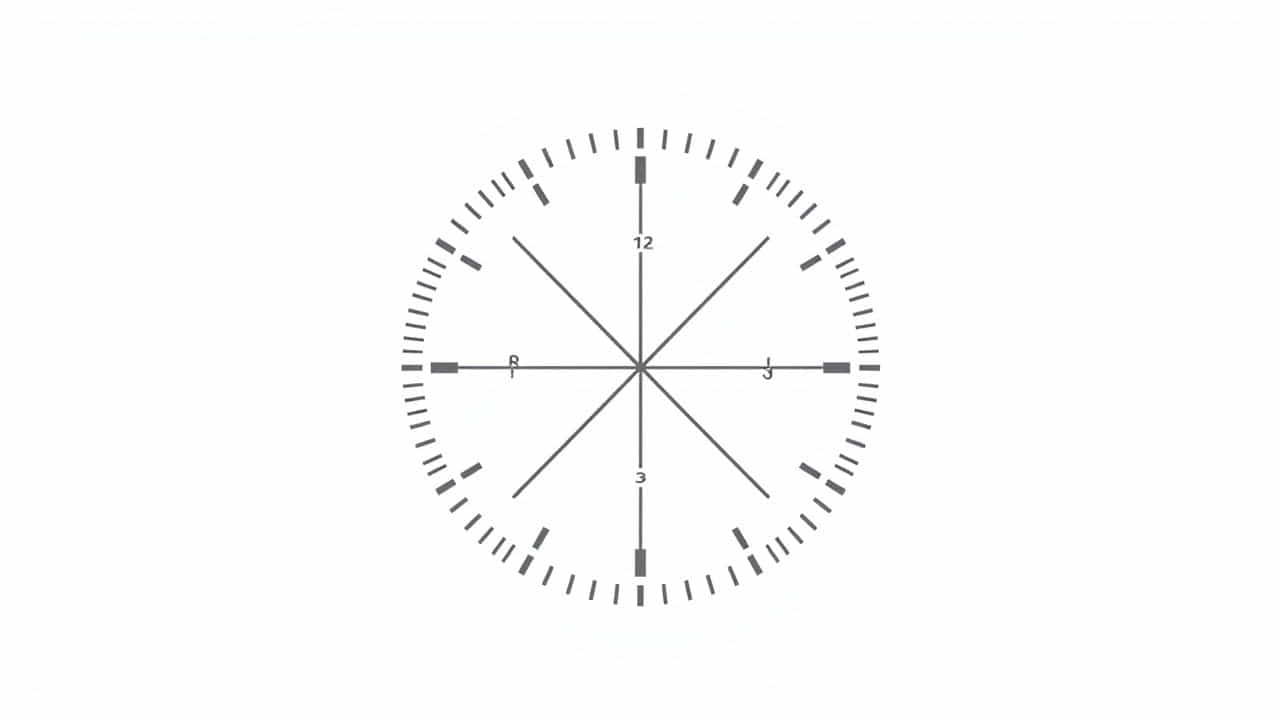An eyepiece graticule is a small scale or grid embedded inside the eyepiece of a microscope, allowing users to make precise measurements of specimens. This tool is essential in scientific research, education, and medical laboratories where accurate size determination is required.
Understanding how an eyepiece graticule works and how to use it correctly can improve microscopy skills and enhance the accuracy of observations. This topic explores its definition, function, calibration process, and common applications.
What Is an Eyepiece Graticule?
An eyepiece graticule (also called an eyepiece reticle) is a thin, circular glass disc with a printed scale or grid placed inside the microscope’s eyepiece. The graticule does not change size as magnification increases, allowing users to measure objects with precision.
Key Features of an Eyepiece Graticule
-
Appears as a scale, grid, or pattern when looking through the microscope.
-
Stays the same size regardless of magnification.
-
Needs calibration to ensure accurate measurements.
-
Commonly used in biological, medical, and industrial applications.
How Does an Eyepiece Graticule Work?
An eyepiece graticule provides a reference for measuring microscopic specimens. However, since its scale remains constant while the sample appears larger or smaller at different magnifications, it must be calibrated to ensure correct readings.
The measurement process involves:
-
Placing the eyepiece graticule inside the microscope’s eyepiece.
-
Calibrating it using a stage micrometer (a slide with a known scale).
-
Comparing specimen size with the graticule markings.
-
Calculating actual dimensions based on the calibrated value.
Calibration of an Eyepiece Graticule
To obtain accurate measurements, the eyepiece graticule must be calibrated with a stage micrometer, which is a microscope slide containing a precisely known scale.
Steps for Calibration
-
Insert the eyepiece graticule into the microscope’s eyepiece.
-
Place the stage micrometer on the microscope stage.
-
Focus the microscope and align the scales of both the graticule and the stage micrometer.
-
Count how many graticule divisions match a known distance on the stage micrometer.
-
Calculate the actual value of each graticule division using the formula:
text{Size of one graticule unit} = frac{text{Known length from stage micrometer}}{text{Number of graticule divisions}} -
Repeat the process for each magnification level.
Once calibrated, the graticule can be used for accurate measurements at different magnifications.
Types of Eyepiece Graticules
Eyepiece graticules come in different designs depending on their intended use.
1. Linear Scale Graticule
-
Consists of a simple ruler-like scale.
-
Used for measuring the length of specimens.
2. Grid Graticule
-
Displays a square or rectangular grid.
-
Helps in counting cells or ptopics in a defined area.
3. Crosshair Graticule
-
Has intersecting lines forming a cross.
-
Used for centering and alignment purposes.
4. Circular or Reticle Graticule
-
Features concentric circles or patterns.
-
Useful in optical and engineering applications.
Applications of Eyepiece Graticules
Eyepiece graticules are widely used in various scientific fields where precise measurements are required.
1. Biology and Medical Research
-
Measuring cell sizes in histology and cytology.
-
Counting microorganisms in microbiology.
-
Estimating the growth of bacteria and fungi.
2. Industrial and Engineering Applications
-
Checking the dimensions of manufactured components.
-
Analyzing metal and material structures in metallurgy.
3. Forensic Science
-
Examining hair, fibers, and small ptopics.
-
Measuring the dimensions of bullet markings or tool impressions.
4. Environmental Science
-
Counting and measuring microorganisms in water samples.
-
Analyzing soil and plant structures under a microscope.
Advantages of Using an Eyepiece Graticule
Using an eyepiece graticule provides several benefits in scientific and technical work.
✅ Accurate Measurements – Essential for scientific research and quality control.
✅ Reusable – Can be used repeatedly without replacement.
✅ No Additional Equipment Needed – Works with standard microscope eyepieces.
✅ Cost-Effective – More affordable than digital measuring systems.
✅ Improves Efficiency – Speeds up the process of measuring small objects.
Limitations of an Eyepiece Graticule
Despite its advantages, there are some limitations:
❌ Requires Calibration – Needs frequent calibration for accuracy.
❌ User Skill Dependent – Measurements depend on the observer’s precision.
❌ Fixed Scale – Cannot automatically adjust to magnification changes.
An eyepiece graticule is an essential tool in microscopy, allowing users to measure specimens with precision. It consists of a small glass disc with a printed scale and requires calibration with a stage micrometer. Used in biology, industry, forensic science, and environmental research, it provides accurate and reliable measurements.
Understanding how to use and calibrate an eyepiece graticule enhances microscopy skills and ensures accurate scientific observations.
“
